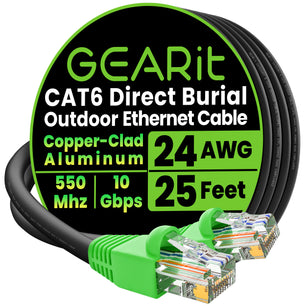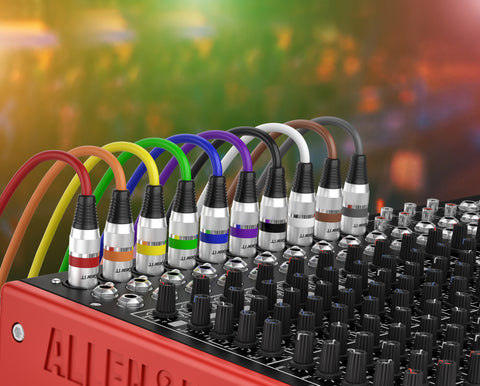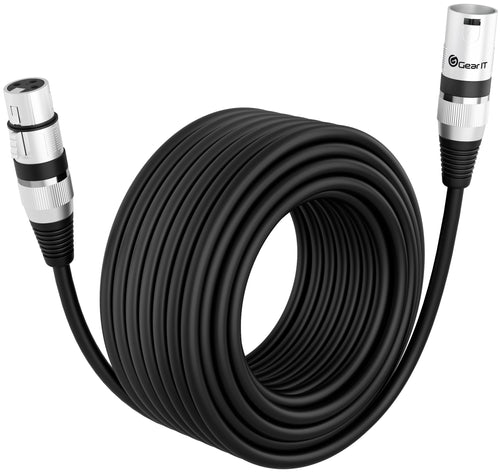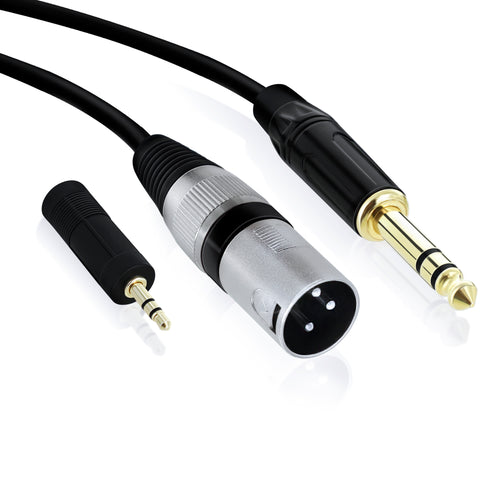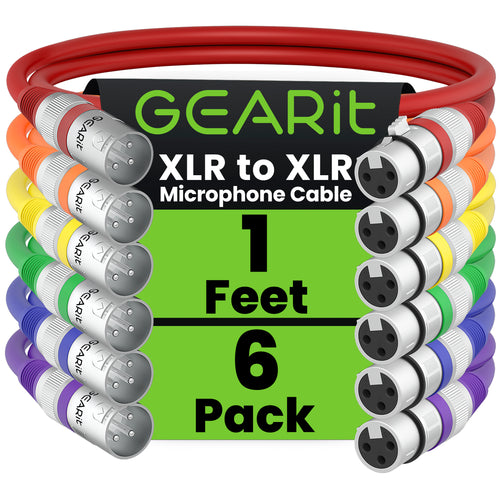XLR cables are the gold standard for audio, delivering excellent sound quality with minimal interference. Pro musicians love the output they get with high-quality XLR cables, and home recording enthusiasts can use the same epic audio cables for crisp signals with mixers, mics, audio interfaces, preamps and studio monitors. When do you need XLR male to female cables for your setup?
What Are XLR Male to Female Connectors?
The male to female description refers to the type of connectors on each end of the cables. Male connectors have three prongs, or pins, surrounded by a metal housing. Female connectors, commonly called jacks, have an equal number of holes to firmly accommodate the male prongs.
The majority of XLR cables use a male plug on one end and a female jack on the other. The male connector is the signal output and the female connector is the audio input.
There are also XLR adaptors that provide unbalanced to balanced audio connections, such as TS to XLR adaptors. These cables can help you plug instruments or effects pedals directly into your mixing console. On the other hand, XLR to TS cables are useful for karaoke setups.
When Do You Need XLR Male to Female Cables?
High-performance XLR cables are specifically designed for jobs where cable length and potential signal interference are important factors, such as stadium concerts and jazz clubs. These cables are also important for low-level signals, especially for recording microphones and acoustic instruments.
XLR male to female cables are common for setting up microphones. They work with pro-level mics for studio recording, microphones for comedy clubs and corded mics at event centers. Most mics have a male output, and virtually all monitors, mixers and preamps use a female input.
How Do You Choose the Right XLR Cables for Your Application?
As the one-stop cable shop for pros and enthusiasts alike, we have a huge range of XLR male to female cables. Fortunately, finding what you need isn’t that complicated. Here’s what to focus on:
- • Quality: The best XLR cables have a tighter lay, more twists and more wire for improved flexibility and noise cancellation. Mid-range and high-end cables also offer locking options and rubber insulation to protect your wires.
- • Shielding: Braided shielding costs more than foil shielding or single-direction shielding, but it’s more durable, stronger and more resistant to noise interference.
- • Length: Choose a cable with sufficient length to get the job done. At Gear IT, we have XLR extension cables that range from a few feet to 200 feet.
Some audio purists invest in XLR cables for other sound equipment, such as stereos, home theaters and speakers. That said, for the home, RCA or HDMI cables are usually sufficient for audio quality.
